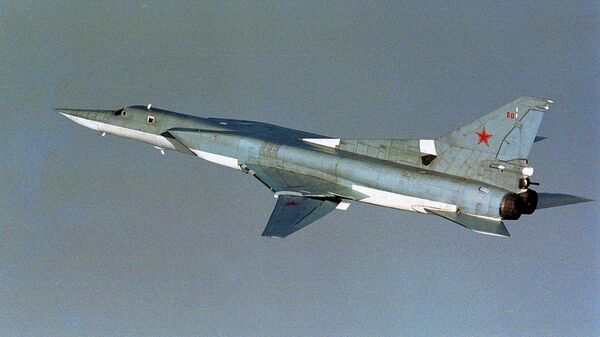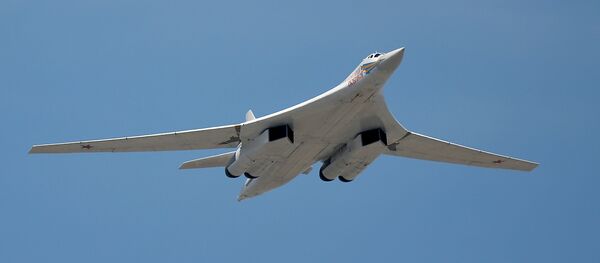A recent interception of two Russian bombers by Danish fighters is nothing to write home about, according to the Danish Defense Ministry.
Earlier this week, two Danish fighter jets were reportedly scrambled to intercept two Russian Tupolev TU-22M bombers flying near the country’s airspace over the Baltic Sea.
Rt @AP Two Danish fighters jets were scrambled to intercept two Russian TU-22M bombers #Denmark #Russia pic.twitter.com/lrNrfcpCSZ
— Tom Antonov (@Tom_Antonov) 12 сентября 2015
Military spokesman Major Erik Boettger said on Saturday that the interception was a "normal procedure when foreign aircraft approach Danish airspace."
Tupolev Tu-22M (Backfire) A supersonic, variable swing wing, long-range strategic and maritime strike bomber. pic.twitter.com/O0TgruZa9Z
— PJ de Jong (@jong_pj) 2 сентября 2015
He pointed out that the bombers never entered Danish territorial airspace, and that Thursday’s incident involving Danish F-16s was in "no way dramatic."
Exactly 46 years ago on August 30, 1969, #Tupolev Tu-22M variable-sweep wing strategic bomber flew for the first time pic.twitter.com/s6AoXyHgFl
— PAF Falcons (@PAF_Falcons) 30 августа 2015
NATO, in turn, has repeatedly reported an "unusual" increase in Russian military aircraft conducting maneuvers over European airspace in the past few years.
The Tu-22M is a long-range, variable-sweep wing bomber developed by the Tupolev Design Bureau.
Despite the fact that the plane made its maiden flight back in August 1969, a modernized version of this bomber remains in service with the Russian Air Force; as of 2014 more than 100 Tu-22Ms were still in use.



